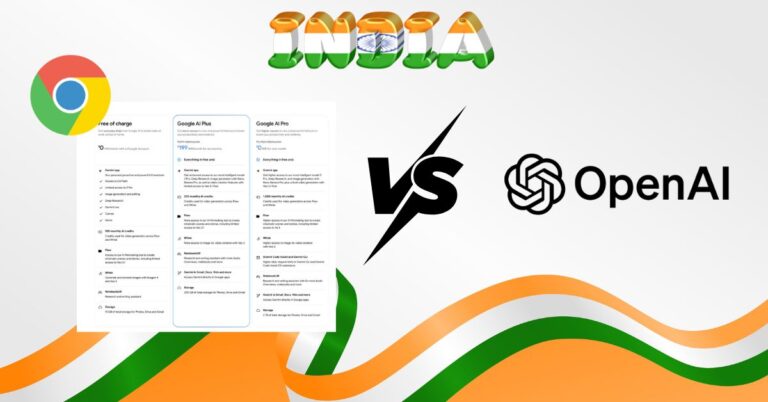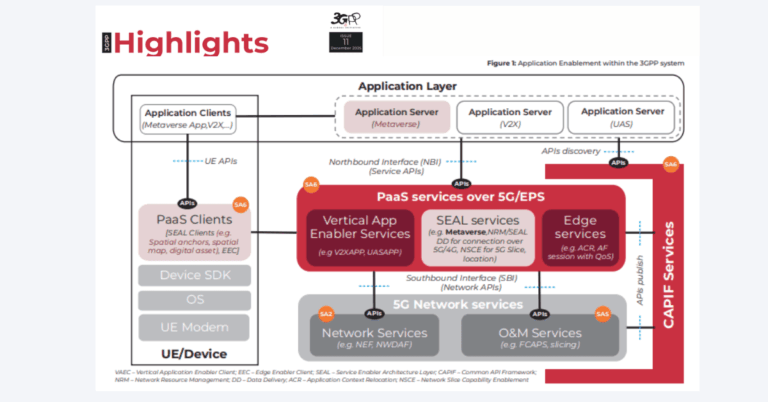India Telecom Tariffs: Not Cheapest, Best Value
India has ceded the lowest-tariff crown to Bangladesh and Egypt, yet it still leads on value through generous allowances and low data unit costs.
Base Plan Prices: India vs Bangladesh, Egypt, Indonesia
An analysis from ICICI Securities shows Bangladesh and Egypt now edge India on entry-level mobile plan prices, while Indonesia is roughly on par with India and most other markets are nearly double at the base tier.
Despite moving up the price table, India’s consumer proposition remains strong because operators—Reliance Jio, Bharti Airtel, and Vodafone Idea—deliver more service per rupee than peers.
The headline gap is narrow at the base tier, but the structure of what is included matters more for usage-heavy markets like India.
Unlimited Voice and Rs 4/GB Data Drive Value
Indian base plans commonly include unlimited voice, whereas Bangladesh and Egypt restrict voice to roughly 100 and 70 minutes respectively at entry level.
On data, incremental purchase economics are unusually attractive: an extra Rs 100 typically buys around 26 GB, or about Rs 4 per GB, keeping India among the most affordable data markets globally.
Compared with China, India’s base plan is still roughly a fifth cheaper while offering materially richer voice and data allowances.
PPP-Adjusted Affordability Remains High
Even after adjusting for purchasing power parity, India remains at the affordable end of global tariff rankings.
The picture becomes even more favorable when evaluating mainstream smartphone plans with higher data ceilings, where India’s scale and competitive intensity compress effective per-GB pricing further.
Operator Economics: ARPU Up, 5G Capex and Sustainability Risks
Tariff repositioning is improving revenue metrics, but long-term sustainability hinges on network investment needs and demand elasticity.
ARPU Gains Since FY19, but 10-Year CAGR Lags Inflation
Consumer spending-driven ARPU in India has risen by about 13.5% between FY19 and FY25, a sharp swing after years of downtrading and price wars.
Over a 10-year view, however, ARPU CAGR remains around 3.4%, still trailing inflation despite market consolidation, which underscores how fragile monetization can be in a high-usage, price-sensitive market.
This tension matters for debt loads, spectrum liabilities, and return on capital as 5G coverage and capacity buildouts continue.
5G Rollouts, Mid-Band Spectrum, and Capex Pressure
Both Jio and Airtel have accelerated 5G deployments (largely on NSA cores today, with SA in selective pockets), requiring densification, mid-band spectrum integration, and transport upgrades.
As data usage per subscriber rises, operators must fund backhaul, edge compute, and power efficiency improvements, while preparing for 5G-Advanced features in the next cycle.
Maintaining ultra-low entry prices while scaling capacity is challenging without careful packaging and targeted monetization levers.
Segmented Tariffs, Speed Tiers, and Add-Ons
Expect more nuanced tariff design: step-up ladders, speed tiers, fair-usage policies on “unlimited” data, and segmented add-ons for gaming, video, and international calling.
Family plans, SME bundles, and content partnerships can lift effective ARPU without blunt across-the-board hikes.
In enterprise, private 5G, campus networks, and fixed wireless access (FWA) offer higher-margin pathways if service-level guarantees and integration services are priced correctly.
Customer Impact: Affordable Data Sustains Digital Growth
Consumers and businesses should prepare for more segmentation in plans as operators balance affordability with network economics.
Low Per-GB Pricing Fuels Apps, Cloud, and Remote Work
Low per-GB pricing underpins India’s mobile-first ecosystem—video streaming, fintech, social, and UCC—as well as remote work and learning.
Moderate price increases at the base tier are unlikely to dent usage growth if allowance value remains compelling and quality of experience improves.
Enterprises benefit from affordable mobility for field forces and IoT, but QoS and SLA-backed options will increasingly carry premiums.
OTT Bundles and Content to Lift Mid-Tier ARPU
Expect deeper tie-ups with OTT video, music, and sports to justify higher mid-tier ARPUs and reduce churn.
Zero-rating and sponsored data may re-emerge in curated forms, within regulatory bounds, to steer usage and support partners’ acquisition goals.
For SMEs, security, MDM, SD-WAN, and cloud voice add-ons are likely to be packaged with mobility to raise wallet share.
5G FWA for SMBs: Wireline Substitute and ARPU Uplift
5G FWA offers a credible substitute to wireline in underserved areas, with predictable ARPU uplift and cross-sell into collaboration suites and edge security.
Performance-based tiers and installation quality will be critical to avoid congestion and preserve margins.
12-Month Outlook: Tariffs, Competition, and 5G Tech Levers
Several market and regulatory variables will shape pricing power, investment pacing, and monetization outcomes through 2026.
Selective Hikes vs Affordability and Inclusion
Another round of selective price increases is plausible, but regulators and policymakers will scrutinize affordability and digital inclusion, especially for entry-level plans.
Indexation mechanisms are unlikely, so operators must rely on packaging innovation rather than headline hikes for sustained ARPU progression.
Competitive Dynamics: Jio and Airtel Lead; Vi a Swing Factor
Reliance Jio and Bharti Airtel will continue to set the market tone with large 5G footprints and bundling strategies, while Vodafone Idea’s network investments and fundraising progress remain a swing factor.
Any MVNO moves or enterprise-focused alliances could reshape niches without sparking broad price wars.
Monetization Tech: 5G SA, Network Slicing, AI, Open RAN
Migration to 5G SA, selective network slicing trials, and AI-driven RAN optimization can improve user experience and unit economics.
Open RAN adoption will likely be pragmatic and hybrid, focused on rural expansion and vendor diversification rather than wholesale swaps.
If quality metrics and differentiated tiers improve, operators gain more room to nudge prices while preserving India’s hallmark of generous allowances.
Bottom Line: India Leads on Value; Monetize via Segmentation
India may no longer post the world’s lowest sticker prices, but it still leads on value—unlimited voice, inexpensive incremental data, and strong PPP affordability—creating room for disciplined monetization as 5G scales.
For operators, the imperative is to trade volume for value via segmentation and service quality; for enterprises, it is to lock in mobility and FWA economics now, while preparing for premium tiers when SLAs and 5G SA capabilities mature.








































